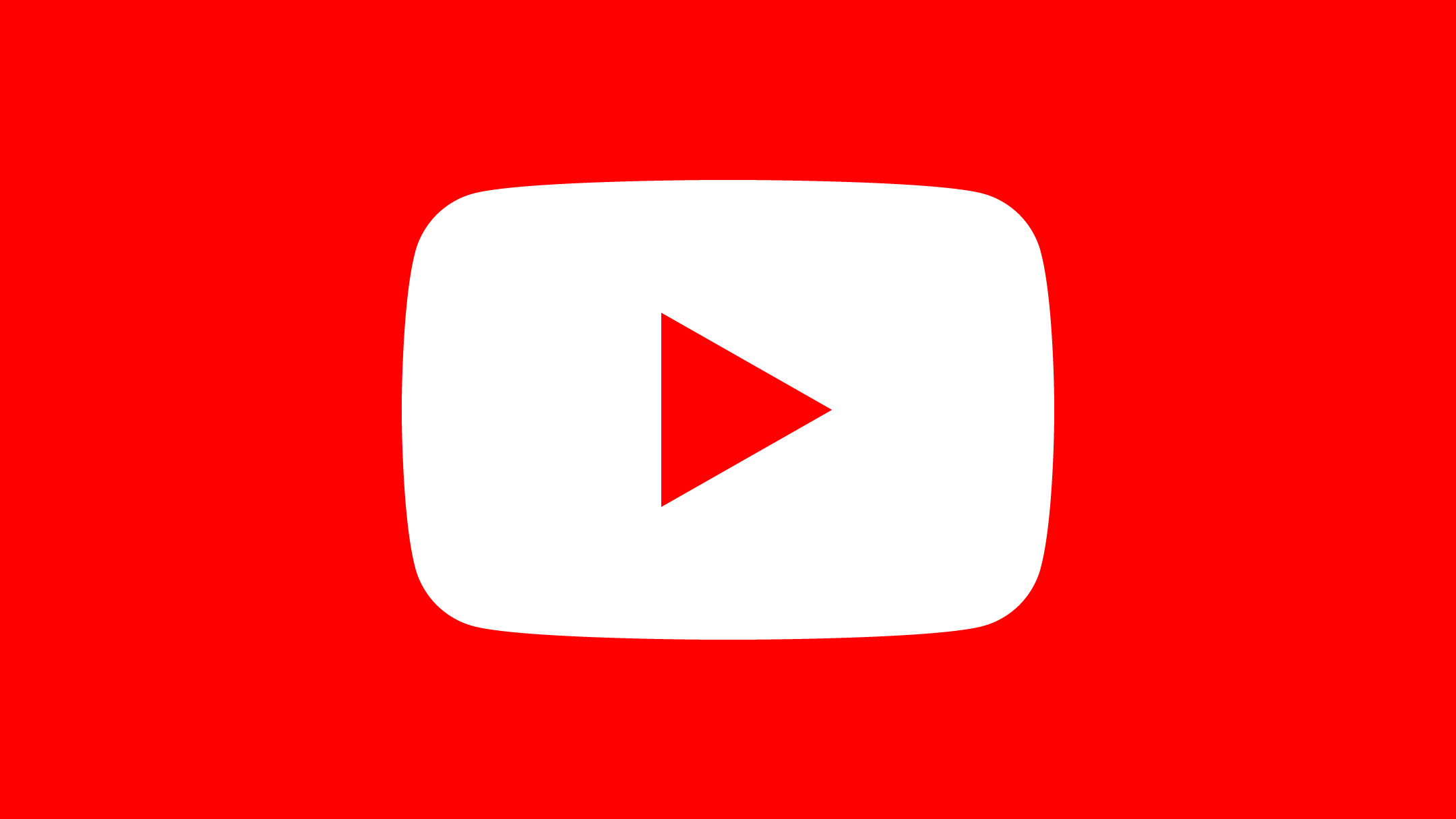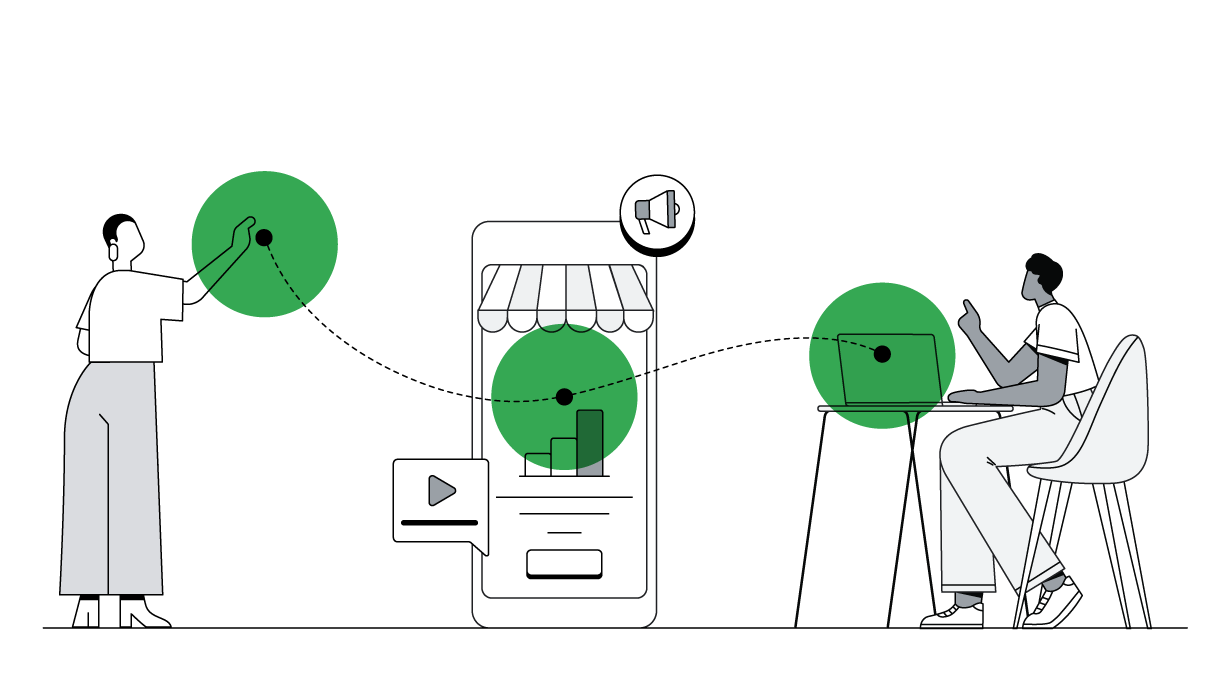The Google News Initiative is designed to help news organizations adapt to our changing digital landscape. We sat down with Gyan Gupta, chief executive officer of India’s FirstWall, to hear his perspective on the challenges of the modern news era and his strategies for growth.

The last five to six years have been monumental in India when it comes to the news world, and it was fueled by three key drivers: mobile, discovery, and video.
India skipped the desktop generation and went straight to mobile, so our means of distribution was completely revolutionized with a push for content discovery. There’s more content than ever before to distribute, with myriad more ways to distribute it (with screenshots being sent over WhatsApp as the latest impetus).
Given the number of languages used across the nation, content consumption also invariably impacts how content is consumed. As more Indians come online, video is especially instrumental to users who can’t read. About seven to eight years ago, the first 100M internet users were generally conversant in English, and their online world mainly occurred in English — they weren’t consuming the written text in Hindi. But with video, they are comfortable with the content being in Hindi, which leads to more content being created in the local languages. In essence, video has killed the language divide.
One of our big bets this year is creating content for the new generation who’s coming online every day. Their interests aren’t the same as print readers, so we have to keep in mind shifting audience expectations.
To do this, we empower them through content. We invite users to contribute content in text or video form in their own language. To enable this, we’ve simplified the technology used to create content.
The second big bet is monetization through programmatic. India is a language market, so we inherently understand language better than Google. The discovery of content within languages can be improved, as can be the availability of content. But the question is, “How do we grow the ecosystem?”
A key possibility that programmatic eases for us are issues around transparency. Digital advertising didn’t have much trust given fraud clicks, etc. Programmatic Guaranteed can help clear a lot of these problems. We’re working on driving this transparency by selling the packages.
Thirdly, we need to build in awareness as digital becomes the primary source. It’s important that the content has to be genuine — it cannot just be good for entertainment, and not as a news source. That’s become alarming recently, because it will lead to a very unstable future. And then there’s the awareness around discovery versus intent, which is going to be a huge issue. There’s a higher need for ownership and responsibility, more than ever before.
There are a few things that determine the future of the news industry. First is trustworthiness of the content. In the digital era, there is so much information available, and the user should be able to find content they can trust. Establishing credibility and trustworthiness is paramount, and we need to ensure and protect it.
Personalization of the content is also key. So much content exists these days, and the user should be able to pick and choose the content they want, and the platform should be able to deliver the content the user is interested in.
Third, the user should have an option to consume the content in the form they want to consume it in, whether it is in text, audio, or video. If the user only wants to hear it, not read it, they should be able to access this content in the audio form. Same for video and text.
Finally, which is critical for India, the content should be available in local languages. Having local language changes the picture and makes information more accessible by the larger population.
What words of wisdom do you have for your younger self who’s just starting out in this career?
Be you — it’s one of the hardest things to do, but it’s the only right thing to do. Believe in what you are doing, don’t lean too much on baggage, and don’t listen too much to others. Dive into the data more — but interpret the data right.






